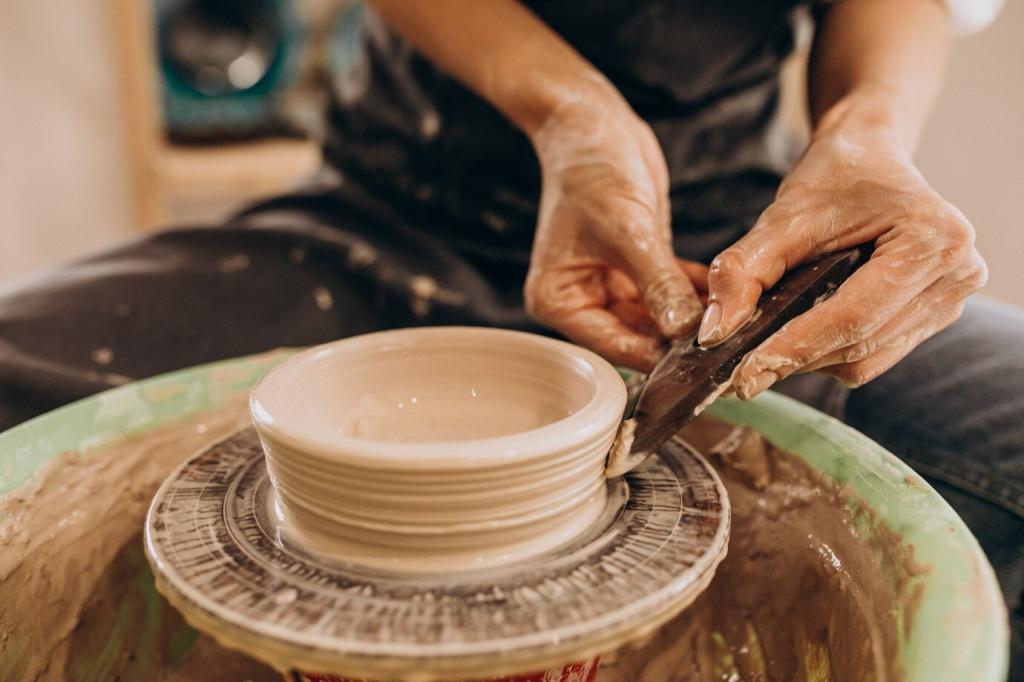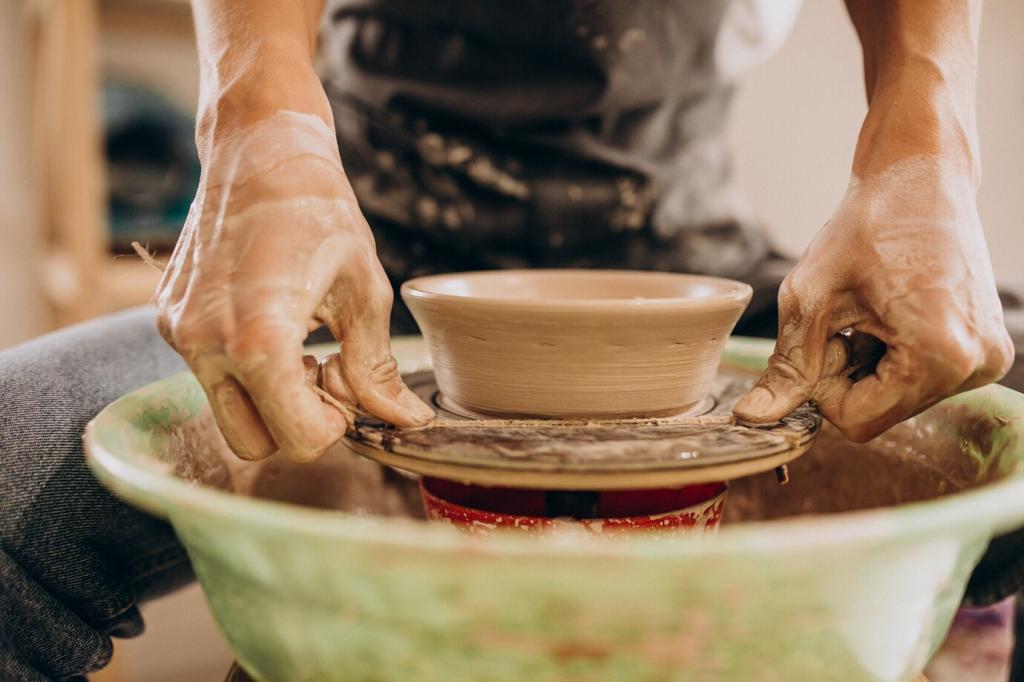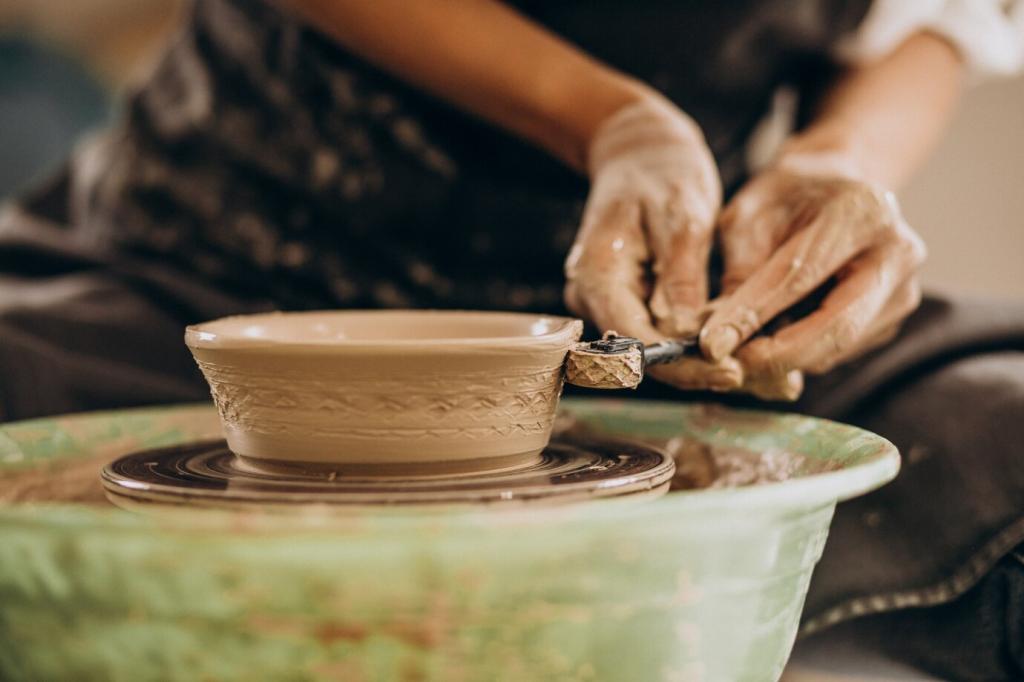Packaging Without the Panic
Use a trusted calculator to match beer style and temperature, then weigh sugar on a digital scale. Dissolve in boiling water, cool, and gently mix into a bottling bucket. Avoid guessing by cups—it varies wildly. Even, predictable carbonation saves you from flat pints and dangerous over‑pressurized bottles.
Packaging Without the Panic
Sanitize bottles, caps, and your bottling wand. Keep the wand tip on the bottom to minimize oxygen. Cap promptly, label clearly, and wipe drips. An inexpensive bench capper adds speed and consistency. Play music, invite a helper, and treat bottling like a celebratory assembly line. Share your neat label designs with our community.
Packaging Without the Panic
Most beginner beers reach tasty carbonation in two weeks around room temperature. Stouts may need longer to round out. Chill bottles for a day before tasting to tighten bubbles. Open one test bottle, take notes, and resist opening the rest too early. Tell us your conditioning timeline discoveries so others can learn faster.










